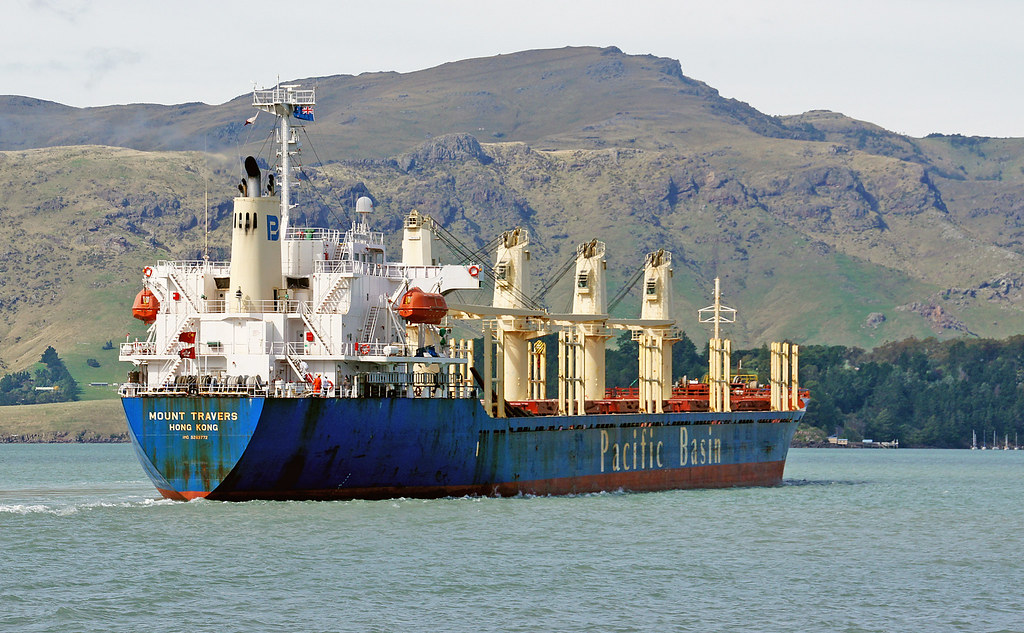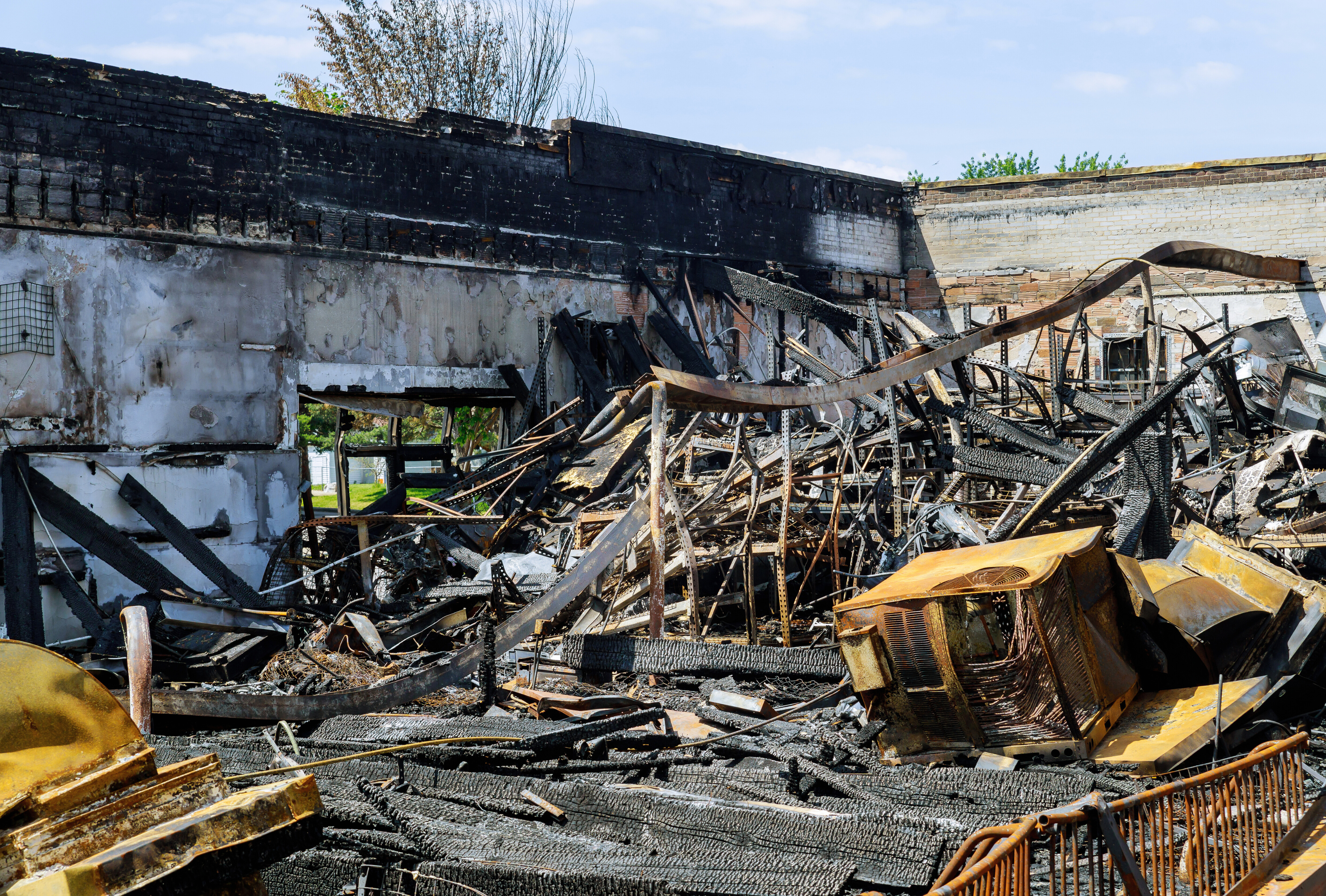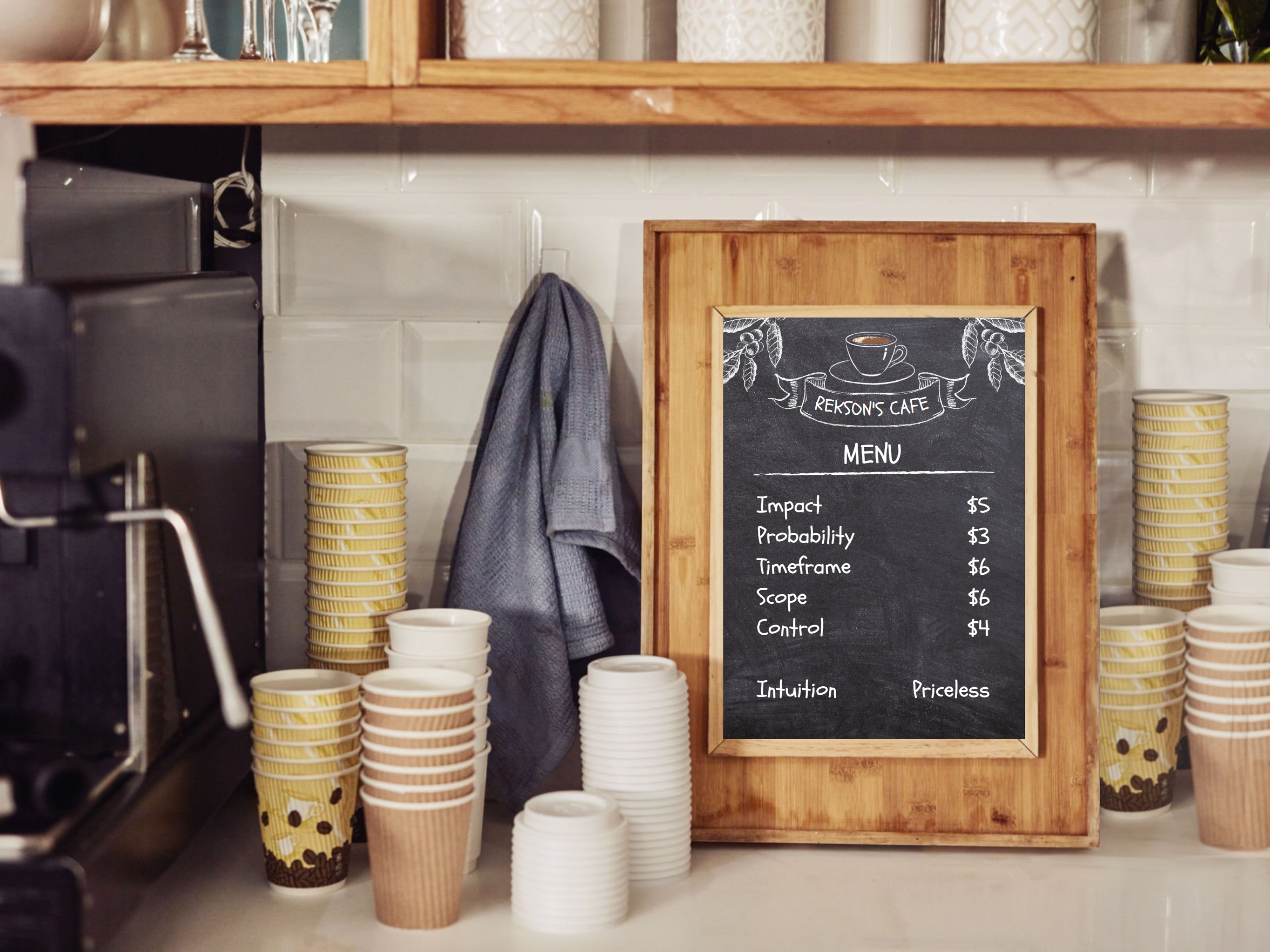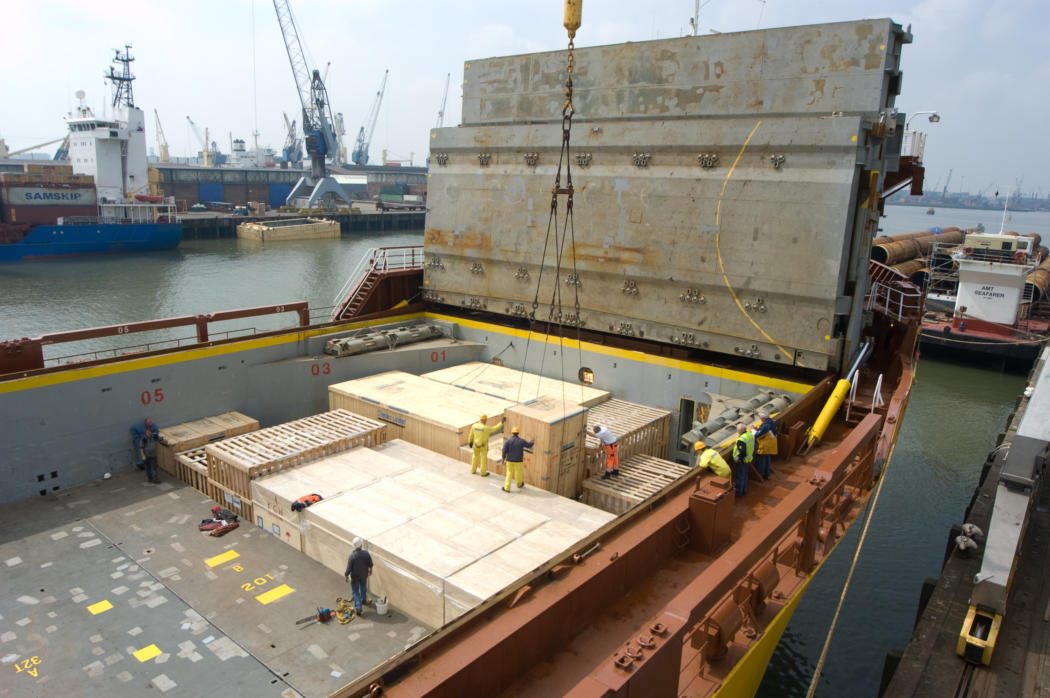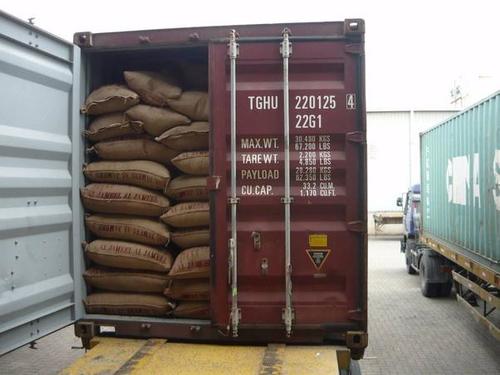“Shotgun!” (declared abruptly and emphatically.) Back when I was a “tween”, this was a term that my siblings and I raced to cry out the minute we stepped out the door. The first one to remember to trumpet it, outdoors of course, earned the luxury of riding in the front passenger seat next to the lucky parent that was carting us around. Since I started my professional career, however, the term has taken on a much different meaning.
Ever since trade began, miscreants have found a way to take advantage of the arduous task of others bringing goods from afar to trade. The old silk road had its bandits preying upon the legendary route as precious goods routinely passed. The middle ages are filled with anecdotes of notorious gangs (often memorialized in fairy tales) lying in wait in the dense forests and rural lands. And, of course, the well chronicled “profiteers” trolled upon the oceans taking advantage of the relative impunity offered by the vast expanses.
Even in 2015, the commercial industry continues to be plagued by “opportunist” across the globe: be that regular poaching of containers on ships moving through the Straits of Malacca, high tech gangs on the streets of Miami, well connected rings in Germany, or police/army imposters up-county in Latin America and Africa.
The Problem
Modern day shipments of coffee are certainly no exception. In fact, coffee lends itself beautifully to would-be thieves. Apart from the markings on a jute bag, there is very little that uniquely identifies the bean permitting absconded coffee to easily be sold by the kilo in open-air markets.
Sure there are quality issues, preparation differences, various stages of production (e.g. cherry, parchment, and green) and what the local region should “expect” to receive from its counterparties; but, in general, large quantities of coffee can integrate nicely with normal deliveries. It might even enable an otherwise upstanding purchaser to justify a complicit hand in the transaction given its fungibility.
Thefts occur in many different ways – ranging from the extremely blatant to the most clandestine.
In one incident, banditos disguised as the local army division and equipped with all the necessary badges, insignia, and weaponry stopped and hi-jacked the entire convoy. In others, the truckers are taken at gunpoint, blindfolded, tied up and left in the countryside as the robbers make off with the coffee.
Some years ago, a group tormenting a port in Brazil notoriously became known as the “Beach Boys” for their ability to swap a full container of Brazilian Arabicas for a nearly equal amount of local sand. Ultimately, the “swap” was only discovered upon arrival in the U.S. Adding insult to injury, obviously, the sand did not have the proper customs documentation and therefore had to either be dumped in the ocean well past the three-mile limit or rather be shipped back to the beaches of Brazil!
The ’90s saw a significant uptick in thefts – particularly in Latin America. The rash of thefts was aided when the prices that had bottomed out close to US$0.50/lb in ‘92 rocketed to over US$2.00/lb in ’94 and then to nearly US$3.00/lb in ’96. It’s not hard to connect the dots when a container of Arabica jumps in value from US$17,000 to US$100,000!
This prompted some local insurance markets to implement various knee-jerk reactions with wild rate upticks and massive mandatory deductibles- if coverage could be found at all.
Merchants had to keep the supply chain moving and therefore looked for solutions to stop the bleeding.
Some Solutions
Initially, pro-active shippers – working closely with their specialist insurers – rethought deliveries and organized convoys. Drivers were catalogued, routing was scrutinized and randomized, and “day trips only” were quickly mandated.
Then, “security companies” started springing up offering additional security escorts to keep those convoys from going “walk about.” This added another layer of complexity and cost to the logistics, not to mention another participant in the supply chain to vet.
Where armed escorts were allowed by local laws, they were implemented and it was hoped a full firefight would not ensue. This put the literal translation of “riding shotgun” back into truck transits!
Quickly, better-designed containers with inward-facing hinges were demanded as well as a myriad of more secure and harder-to-counterfeit container seals.
All measures were absolutely necessary to keep truck thefts in the realm of insurability and not the gamble that overland transit had become.
So, in light of coffee’s continued attractiveness and corresponding security costs pitted against constant pressures to push down supply chain costs, how could the industry evolve?
Going Digital
Welcome to the digital age! Just in the nick of time, technology comes to the rescue. A spate of technological advances – increasingly being perfected – offer new, safer, and more cost efficient lines of defense; in effect modernizing our security into a virtual shotgun!
First and most prominent is the cell phone! This ubiquitous tool can enable immediate communication of a hi-jack in real time. Furthermore, new smartphones and the relative ease of creating purpose-built apps are bringing even more resources and opportunities to the loss control quiver.
Secondly, the use of hidden (an important aspect) GPS transponders in the truck provide authorities a beacon to hunt down the stolen truck. If properly concealed and well coordinated with local police they provide a powerful deterrent.
Thirdly, the internet provides a treasure trove of data collection and collaboration. Many specific cargo theft associations have been created that can easily disseminate vital information and the very latest “hot spots” to its members. FreightWatch International (www.freightwatchintl.com) and TAPA (www.tapaemea.com) are two excellent examples that produce regular reports, timely alerts, and security checklists and guides.
Fourthly, insurers have dedicated loss control specialists who are able to compile resources from various clientele procedures and first hand claims experience. For example, Barry Tarnef with Chubb Group of Insurance Companies provides its underwriters and clients a wealth of advice and suggestions tailored to the commodity and movement in question.
Finally, open dialogues with your carriers before making the movement will help clear up procedures and expectations.
None of these efforts is the panacea. All of them have their cons. Thieves and fraudsters will always exist and evolve. But, with knowledgeable partners and a multi-pronged approach losses will be minimized and remain truly a fortuity. That is when your specialized and experienced coffee insurers should step up to the plate.
Therefore, next time you buy coffee FOT Mill or FCA up-country, take a moment to think who or what will be riding shotgun on your load?
Article originally published in Tea & Coffee Trade Journal.
The image used above is Ai-generated.




